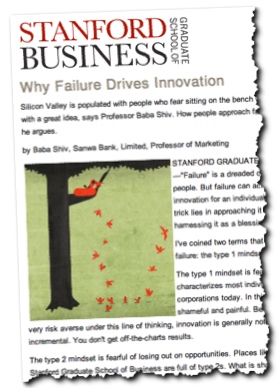Do you recognize this tactic?
I was at the Apple Latin America headquarters in 1984 for an appointment with Hector Saldana, general manager. I arrived on time for a meeting, Hector came out of his office and welcomed me, walked me to the place to get coffee, and left me in a conference room, promising to be back shortly.
He came back in about 10 minutes, we talked for about 10 minutes, and he was gone. Back in another 10 minutes for maybe 15 minutes, then gone, back, gone, etc. 
I recognized the tactic as what the overbooked pediatrician used to do when he had a room full of parents and babies. Hector was holding several meetings at once. I certainly couldn’t complain, I was a consultant and he was my client.
On the contrary, as I watched, I saw management in action. He came into the room, shaking his head. “Tough situation,” he said. “I’m always saying no to people.”
We talked about that, and Hector said: “Management is nothing more or less than knowing when and how to say no.” That may not be original, but that’s the only time I ever heard it.
Since then, I’ve watched. One of the hardest things business owners and operators do is deciding not to do something. It’s the art of saying no. Particularly for a growing business, the difference between strategy and chaos is knowing when and how to say no.
This is against the background of the fact that Strategy is Focus. Most growing companies want to do far more than they can effectively do. Bright managers want to seize every opportunity in sight, and all at the same time. In the real world, however, displacement is a fact of life. Everything you do in a business rules out something else that you can’t do as a result. To grow your business you must focus on well-defined target markets, well-defined products and services, building competitive advantage, capitalizing on your strengths and avoiding your weaknesses.
Yes, all of that seems obvious, and the best strategies are in fact obvious. They come straight from the SWOT Analysis (Strengths, Weaknessess, Opportunities, Threats). They are maintained over the long term, meaning several years. Successful strategies will be copied by competitors. Better a mediocre strategy consistently applied over several years than a series of brilliant strategies pushed one after the other.
All of which makes focus the key to effective growth strategies. And, furthermore, focus means exercising discipline in management, not trying to do everything. Saying No.









You must be logged in to post a comment.